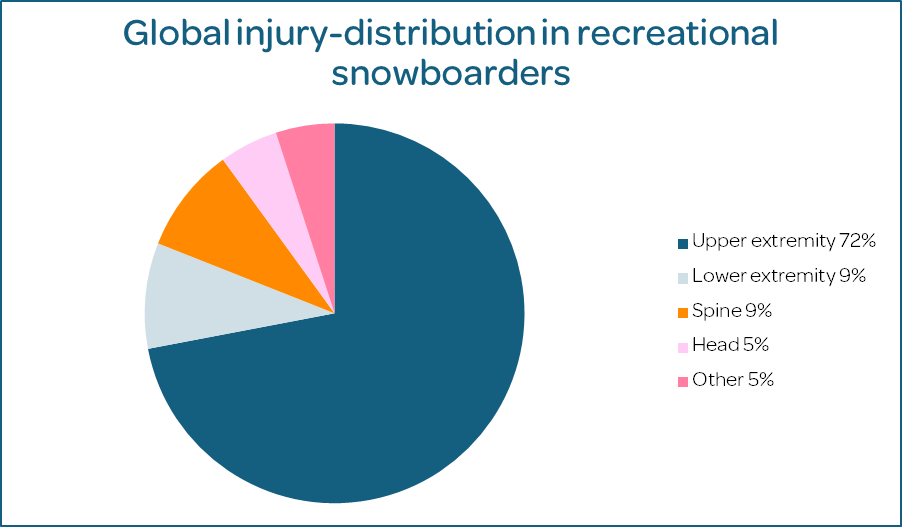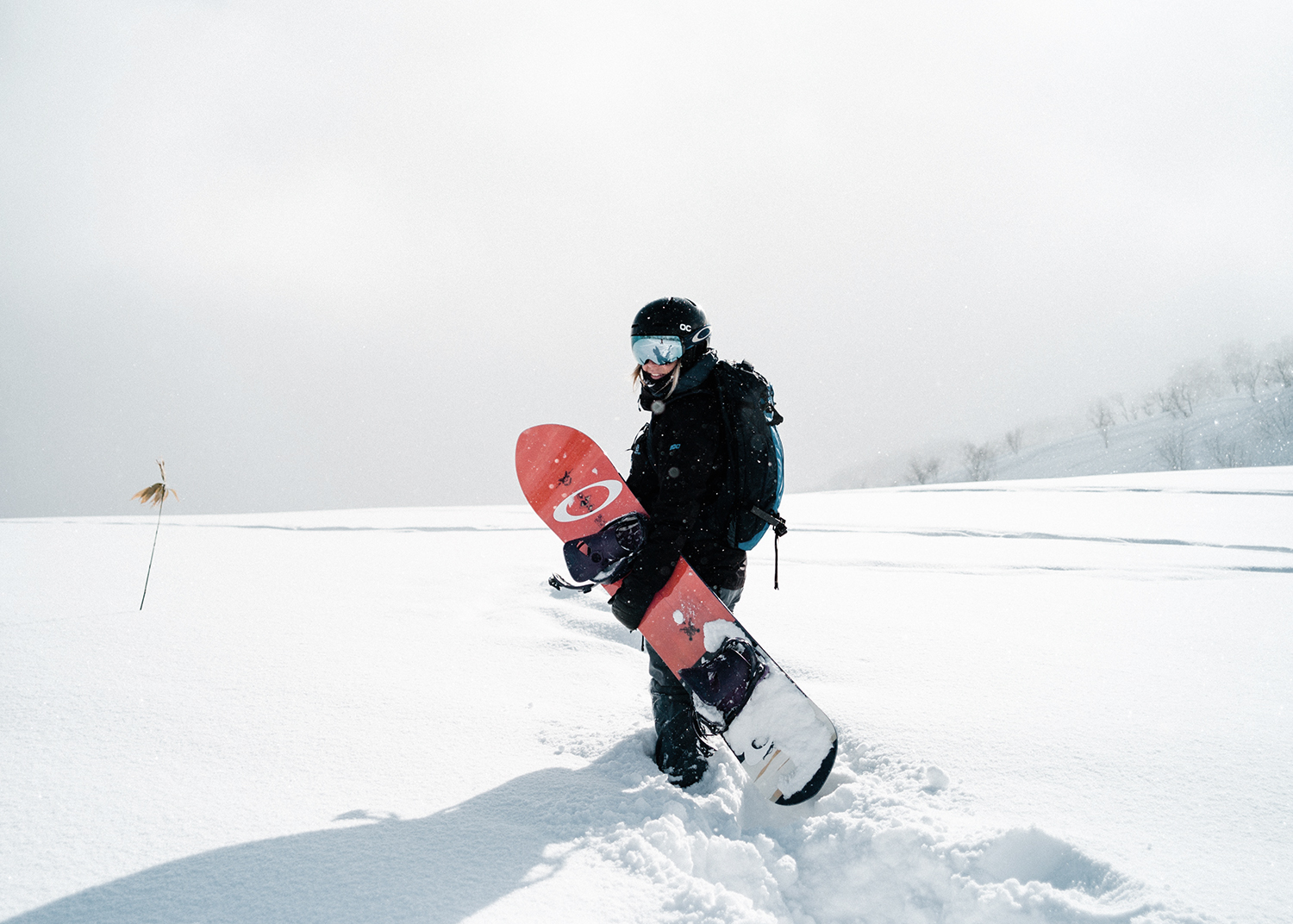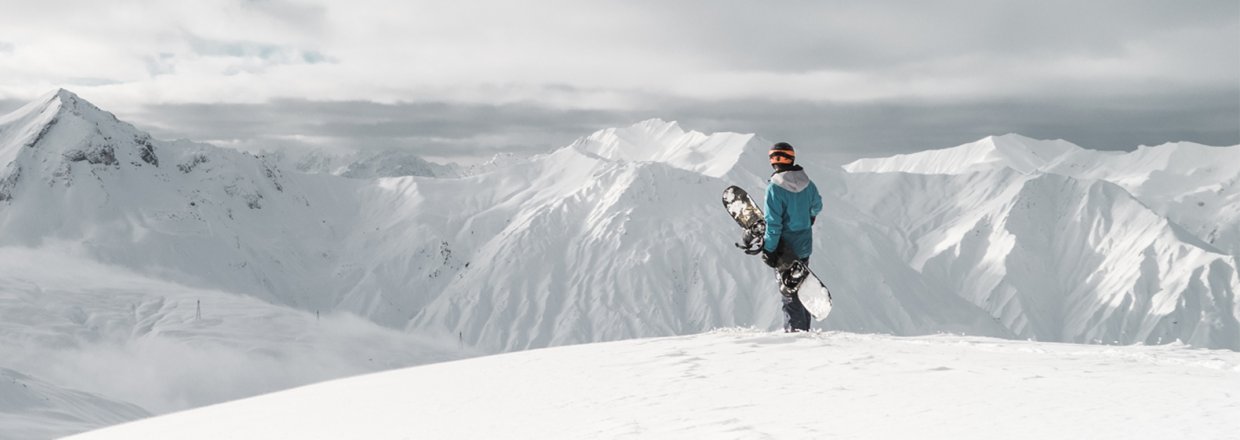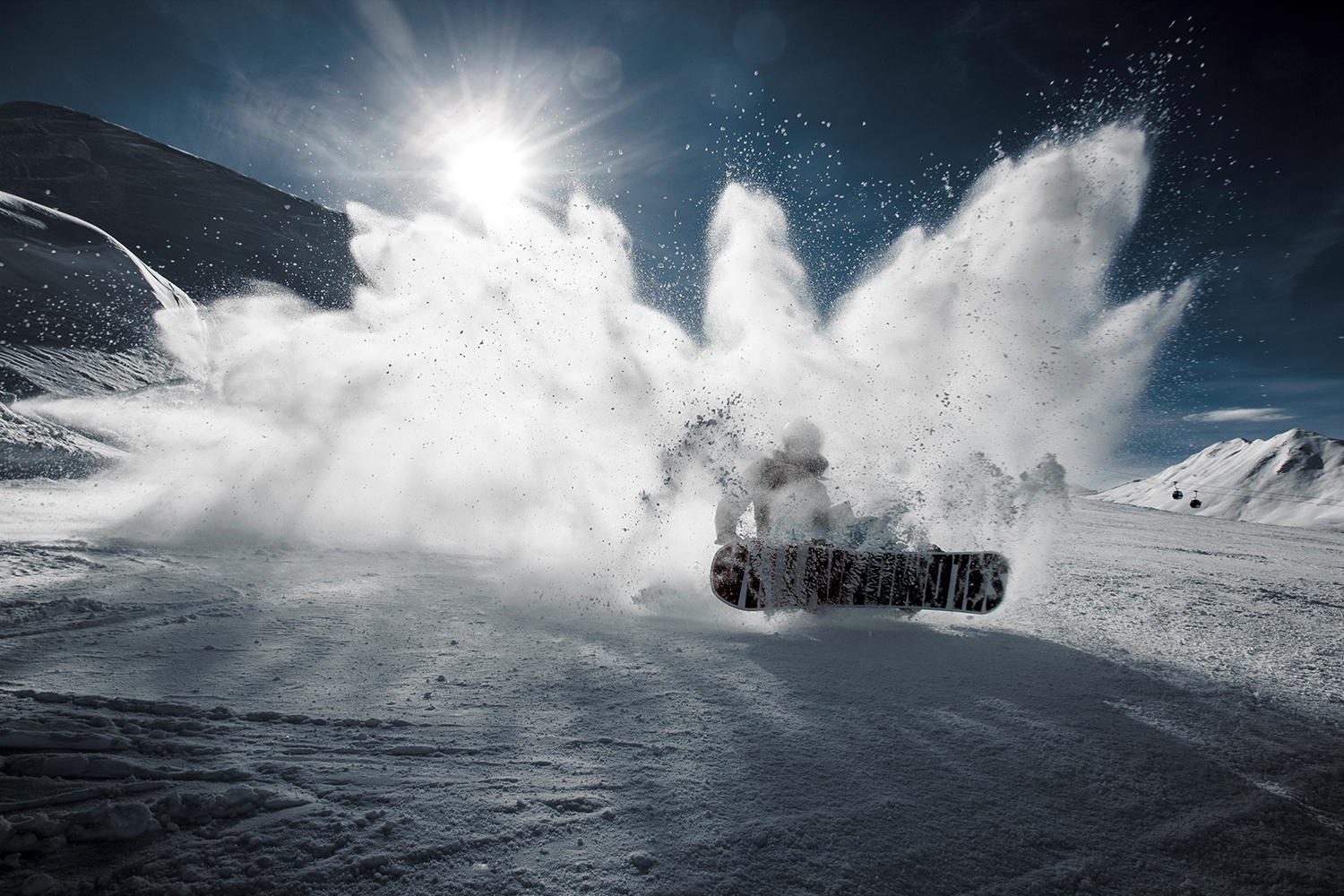Huw Dimond is an Ascenti physiotherapist based in Redditch and Gloucester. Huw has a background in sport, specialising in rugby and snowboarding. On top of his Physiotherapy degree he also has a degree in Sport and Exercise Science.
Huw’s keen interest in snowboarding led him to spend a season in Whistler, Canada, where he acquired his Level 2 snowboarding qualification. He then went on to gain two years’ experience instructing in the Bielmonte resort in Northern Italy.
Huw's top tips
I love snowboarding; not only is it an exhilarating sport, but it also takes place in some of the most stunning environments you can imagine. While it is a very popular holiday activity, it is also an extreme sport and unfortunately, injuries can be quite common.
The graph below shows the most common areas of injury for recreational snowboarders. The arm and wrist tend to be most affected because when snowboarding you have a tendency to fall and land onto your outstretched hand. This puts a lot of extra pressure through the arm that can cause injury.

This article is not designed to scare you off from snowboarding, but to highlight advice that will help you to prevent injuries, perform better and to allow you to fully enjoy your time doing this amazing sport.
1. Have the correct protective equipment
Helmet – Helmets have become commonplace on the slopes at all resorts now and in some resorts it is compulsory to wear one. I would suggest investing in a good quality helmet to reduce the chance of head injuries while snowboarding.
Wrist protectors – With the majority of snowboarding injuries involving the wrist (such as fractures, dislocations and sprains) wearing a good pair of wrist protectors can significantly reduce the risk of injury. Make sure they fit well, are comfortable and will fit inside your snowboard gloves.
Padded shorts – While not as essential as the other two items, you may find some padded shorts beneficial. As a beginner snowboarder you are going to fall a number of times while learning and this can become quite painful if you fall hard. A pair of padded shorts can help to reduce bruising to the hips and bum region which will take a lot of the impact when you fall.

2. Book in some lessons to improve technique and learn quicker in a safe environment
Like any sport or activity, technique is important. To learn on your own will likely take longer and will involve falling regularly. To help speed up this process and minimise the falling I suggest booking in for a few lessons with a professional instructor. The instructor will show you the basics, help you through any issues that you find difficult, reduce the risk of injury and make the learning process fun.
3. Avoid going with an injury already
Snowboarding is a very physical sport, so carrying any injuries will have an effect on how much you can do. It may also make the injury worse. See your physiotherapist about any injuries you have prior to going away to get the most out of your holiday.
4. Take regular breaks
Snowboarding is a very tiring activity and may use muscles in ways that you are not used to. Take regular breaks to reduce fatigue and rehydrate. Snowboarding while tired will increase the chance of poor technique, falling and therefore injury. It is amazing how many times people get injured on the last run of the day.
5. Be in top shape before you go
Taking into account the above, it is definitely worthwhile performing some conditioning exercises to get you in the best shape before you go away. Areas of particular importance are working on leg strength, balance and triceps strength. Below are some examples of exercises to target the correct muscles.
- Legs - wall squats and full squats
- Balance – wobble board or balance board exercises
- Triceps - press ups and triceps dip exercises
For a thorough programme visit your Ascenti physiotherapist who can assess your strength and put together a targeted strengthening programme to work on your specific needs.
Find out more: Treatments and services with Ascenti
6. Be sensible
The mountain can be a dangerous place if it is not respected. Stay safe by:
- Listening to weather reports
- Not going on slopes that are above your skill level
- Not snowboarding under the influence of alcohol – which is one of the main risk factors for injury!
7. Deal with injuries correctly – minor injuries need PEACE and LOVE!
During the first 3 days of an injury your body enters what we call the ‘inflammatory stage’. This stage is often the most painful and needs the correct management, known as PEACE:
P Protection - protect the affected area from further injury by stopping snowboarding and using a sling or support if needed. Avoid movements or activities which increase pain.
E Elevation - elevate the injured limb higher than the heart as often as possible.
A Avoid taking anti-inflammatory medication as they can reduce tissue healing. Avoid icing for more than 5 minutes.
C Compression - use elastic compression bandages to lightly compress the area during the day to limit swelling.
E Education - your body knows best. Avoid unnecessary treatments and medical investigations and let nature play its role.
What else should I avoid?
During the first 3 days after injury you should remember the ‘NO HARM’ protocol. This means no:
- Heat
- Alcohol
- Running / exercise
- Massage
These activities may prevent or slow down the healing process.
What should I do after the first 3 days?
After this time, and for the next 7-14 days the injury needs LOVE:
L Load - let pain guide your gradual return to normal activities. Your body will tell you when it’s safe to increase load.
O Optimism - condition your brain for optimal recovery by being confident and positive.
V Vascularisation - choose pain free cardio-vascular/aerobic activities to increase blood flow to repairing tissues.
E Exercise - restore mobility, strength and balance by adopting an active approach to recovery.
Find out more: How to treat a soft-tissue injury, sprain or strain
Find out more: The safe use of ice and heat at home
8. Get injuries treated when you return home
Unfortunately, even with these tips, injuries may still occur. If this does happen then make sure to see your local physiotherapist as soon as possible to get yourself back to normal.
Unfortunately, if you do not treat injuries initially then they can linger and become more difficult to treat further down the line.
9. And finally… enjoy yourself!

